Çözümler
Horse Construction, teknik destekler, dokümantasyon destekleri, ürün destekleri, yazılım destekleri, proje destekleri ile tam bir yapısal güçlendirme malzemesi yelpazesi sunar.
Adding Load To The Floor Is Acceptable, But Not Without Structural Reinforcement!
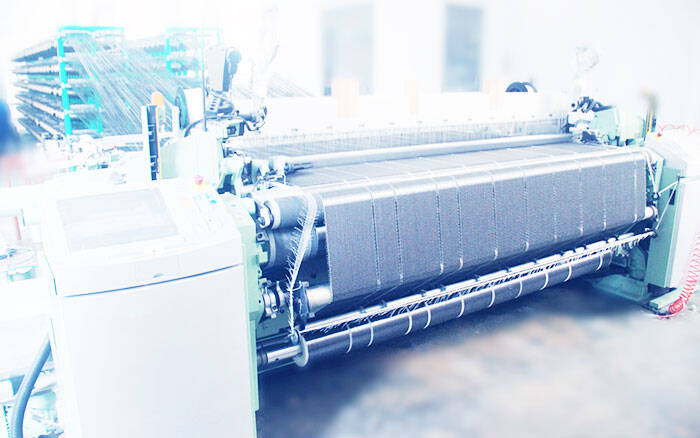
What is a load?
Load refers to external forces and other factors that cause internal forces and deformations in a structure or component. Traditionally, it refers to various direct actions exerted on engineering structures or components to produce effects.
Common loads include: structural dead weight, floor live load, roof live load, roof ash load, vehicle load, crane load, equipment dynamic load, and natural loads such as wind, snow, ice, and waves.
Today's main topic is the common floor loads in daily life. The floor load is divided into floor dead load and floor live load, and the unit of floor live load is generally KN/㎡
According to the standard value of floor live load, it is roughly divided into the following seven levels based on personnel and equipment conditions:
(1) 2.0kN/m2: Few people are active;
(2) 2.5kN/m2: There are many active people and equipment available;
(3) 3.0kN/m2: There are many active people and heavy equipment;
(4) 3.5kN/m2: The active people are very concentrated, sometimes crowded or with heavy equipment;
(5) 4.0kN/m2: The activity is quite intense;
(6) 5.0kN/m2: Warehouse for storing items;
(7) 6-7kN/㎡: Equipped with large mechanical equipment.
During the normal use of buildings, due to their relatively fixed functions, there will be almost no overloading, but there are also cases of improper use, addition of floors, renovation, and changes in usage functions. Once there is an increase in load, the components must be reinforced, otherwise the consequences will be unimaginable.
The commonly used methods for insufficient load on the floor include pasting steel plates for reinforcement and pasting carbon fiber cloth for reinforcement.
Paste steel plates for reinforcement
The method of pasting steel plates for reinforcement is fast in construction, with no wet operations or only a small amount of wet operations such as plastering on site. It has little impact on production and daily life, and after reinforcement, it has no significant impact on the appearance and original clearance of the original structure. However, the reinforcement effect largely depends on the bonding process and operational level.
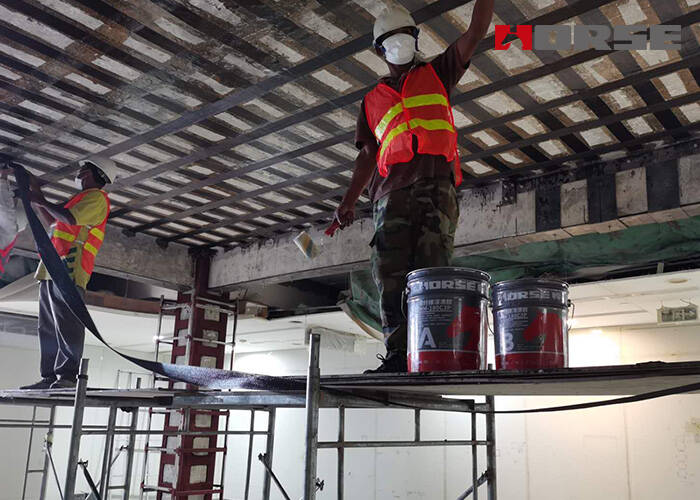
Paste carbon fiber for reinforcement
The carbon fiber cloth reinforcement method not only has the advantages of pasting steel plates, but also has the advantages of corrosion resistance, moisture resistance, almost no increase in structural weight, durability, and low maintenance costs. However, it requires specialized fire prevention treatment and is suitable for various load-bearing concrete structural components and general structures.
Burada ihtiyacınız olan her şeyi bulabilirsiniz. Bu ürünleri denemeye güvenin, sonra büyük bir fark göreceksiniz.
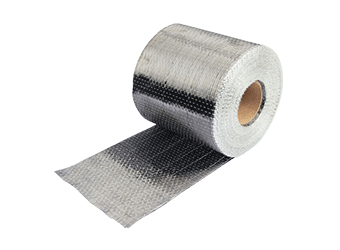
Horse Construction'ın karbon fiberi, binalar, köprüler, otoyollar, demiryolları, tüneller, iskeleler ve sivil havaalanlarındaki beton, duvarcılık, çelik ve ahşap alt tabakaların yapısal güçlendirilmesi, onarımı ve yenilenmesi içindir.
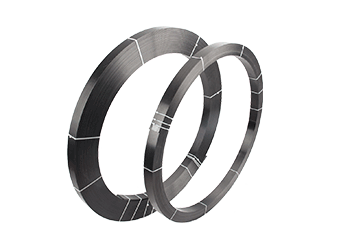
At karbon fiber takviyeli polimer (CFRP) laminat, HM-120CP epoksi ile dışarıdan takviye olarak yapıya bağlanan önceden kürlenmiş kompozit laminatlardır.
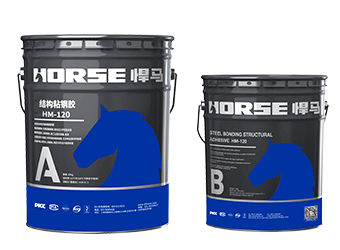
HM-120 yapısal çelik levha bağlayıcı yapıştırıcı, güçlü yapışma özelliğine sahip, oda sıcaklığında kürlenen iki bileşenli epoksi bir üründür. Çelik ve betonun kendi kendine yapışmasında ve karşılıklı yapışmasında mükemmel yaşlanma karşıtı, şok direnci özel